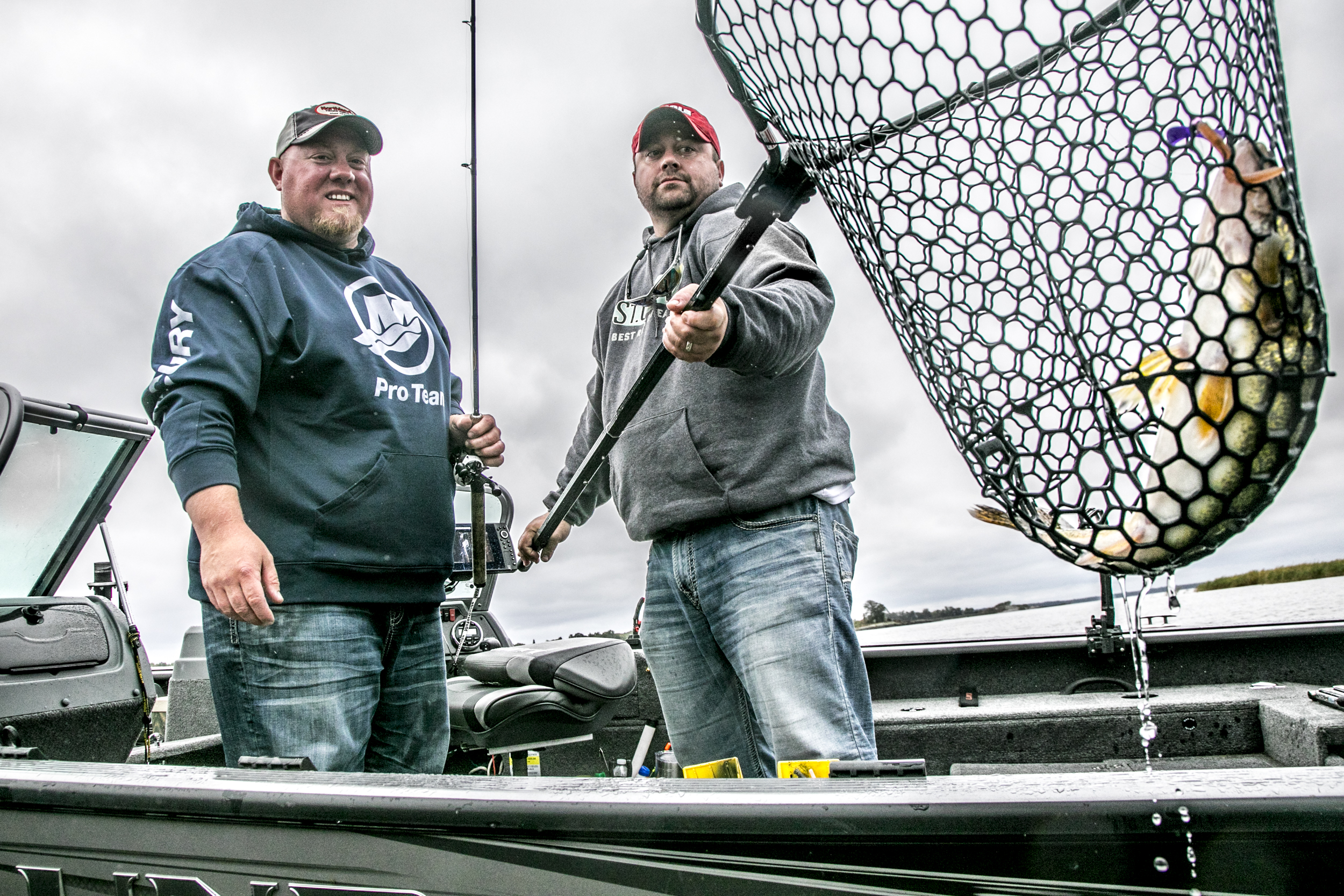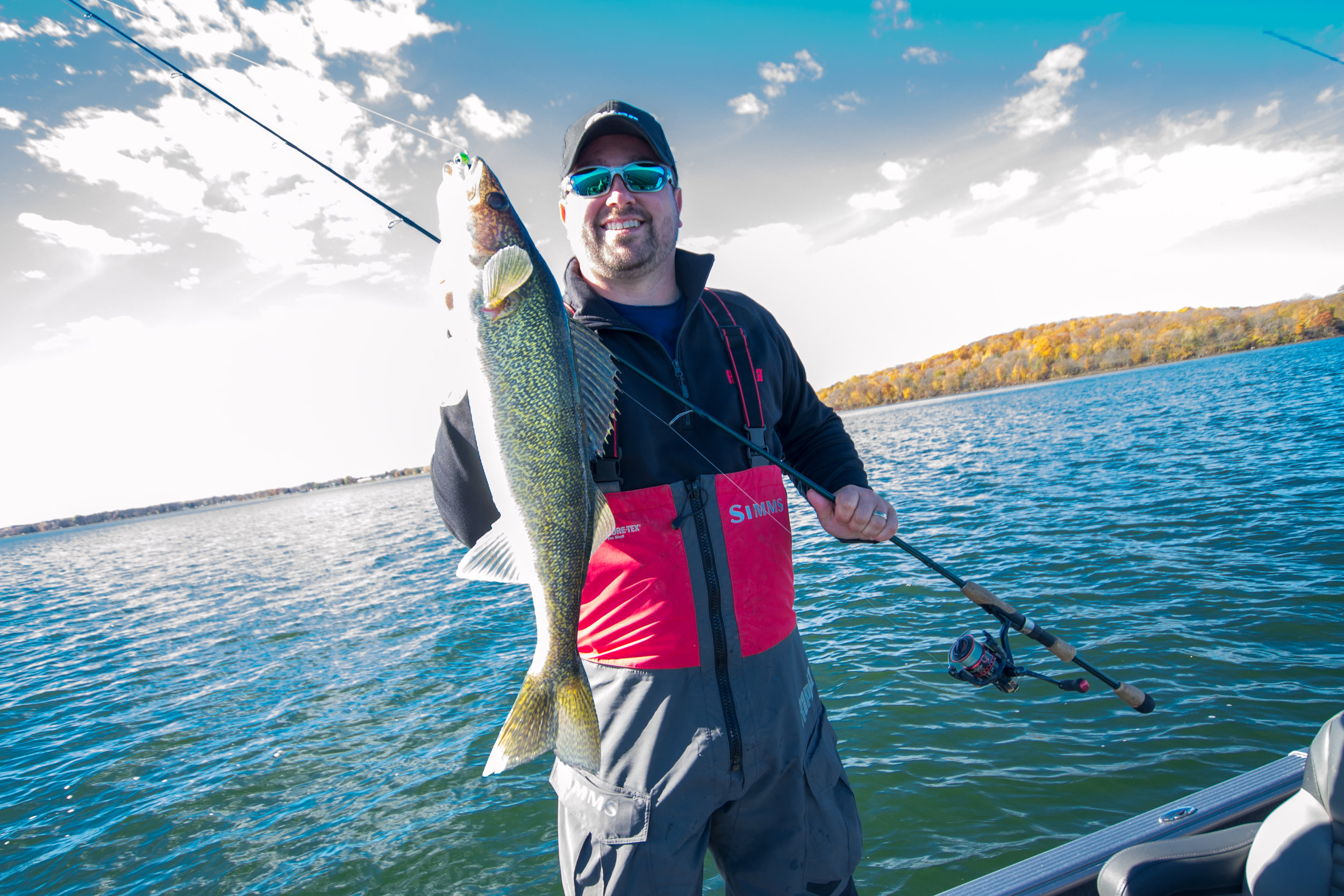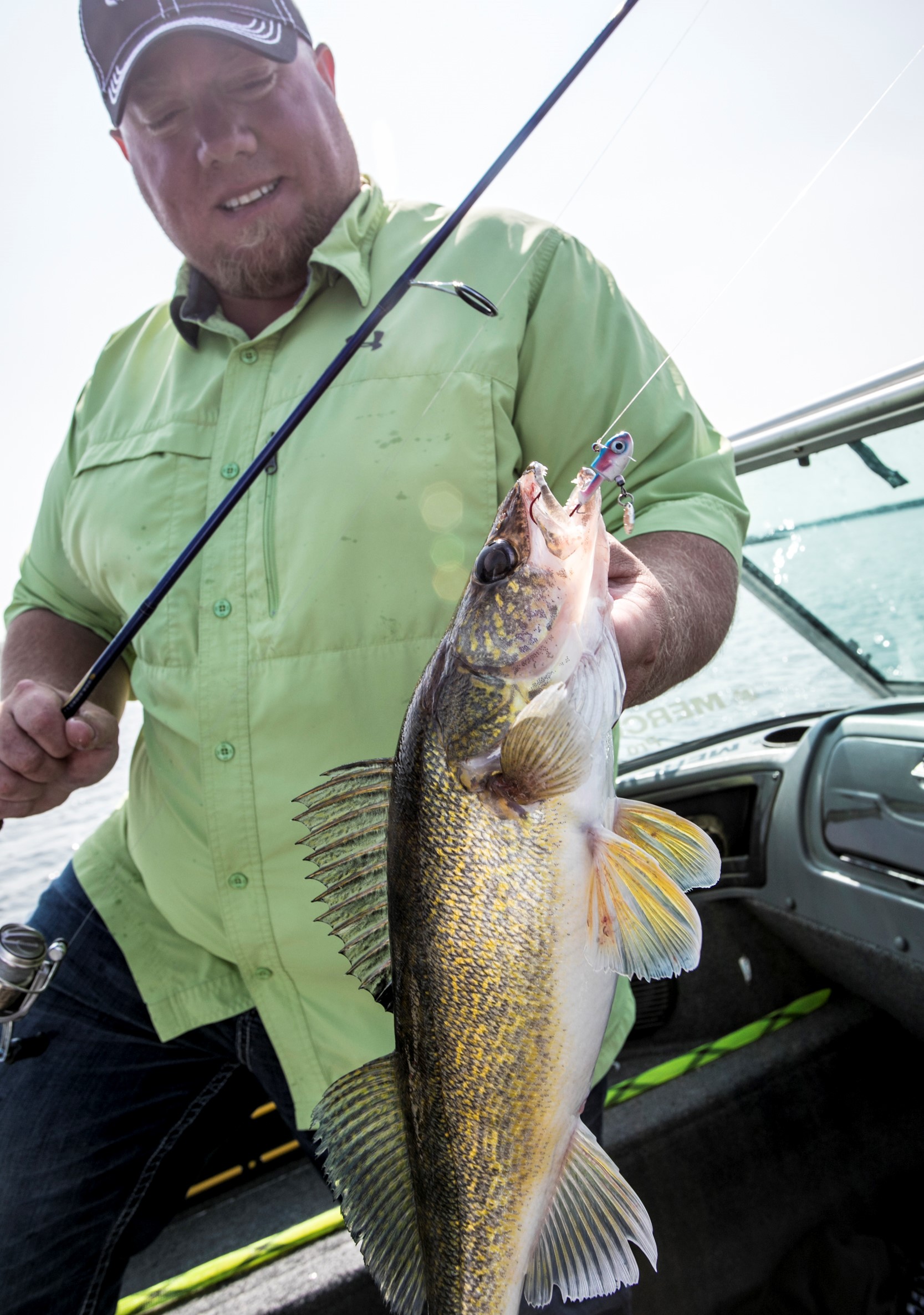Increasingly, our entire world is becoming wireless, from speakers that can order a pizza by simply asking for one, to Smart Home thermostat devices that can detect your presence to crank up the A/C a bit. While some may argue to leave these modern amenities onshore, there’s no doubt that increasingly, such technologies are following us onto the lake. If information is ammunition, we’re better supplied these days than ever before. While most of the focus is on GPS/Sonar units at the dash of the boat, increasingly we’re tying more and more options into them. Here’s just a few ways that digital connectivity is providing more successful outings.
Updating
Software updates are a part of life these days, even with our smart-phones. The same is true for bug-fixes and fish-finder updates that can be done through your phone. These updates can fix glitches or improve functionality of your graph, so it’s best to be running with the latest and greatest. The last update I did on my boat electronics was actually through Wi-Fi, where I used my phone as a mobile hotspot, connected to that hotspot via my on-dash graph, and then downloaded the file directly into the boat. From there, a simple “open” box allowed me to run the update, and after a quick re-start I was running the freshest version of software available. Previously, we would have to take the graph to your desktop and connect via cables, or transfer via an SD card. Now, I’m able to do the same thing from the lake provided I have a good cell signal.
Information Sharing
Most of the major GPS/Sonar manufacturers are offering “networked” options between your on-dash graph and other digital options in the boat, but why would you want it? Networking your fish-finders together does cost more money, as these are typically upgrades from a standard setup, but they can result in an overall cost savings and ultimately prevent you from running back and forth from the cockpit to the bow to see what’s on each screen. Ethernet cables and routing boxes help both the bow and dash fish-finders to communicate with one another, and that’s valuable in many other ways as well. Some units can share cartography, negating the need to purchase a map chip for each unit, while others will share screen-shots, or even side-imaging views from the main dash unit thus allowing you to purchase a more economy model without side-imaging for the bow of the boat. Fishing information, as well as other files and even music can be shared wirelessly or via auxiliary/USB cables to your on-board command center, making todays electronics far more than just a fish-finder.
Cartography
Digital contour maps are increasingly a major part of our fishing, as we strive to interpret underwater structure that may hold more fish. You can rely on map-chips for that information, or you can purchase the Navionics App to view contours and your location on top of them directly from your phone. This can be handy in a friend’s boat or when the App contours are more updated than the source you’re using. Of course, you can also create your own high-resolution contours with the aid of specialized software that pairs with your GPS sonar to record locations, depths, and even bottom hardness. That information is interpolated and processed onto a map card for your later use, and can always be updated with more passes across the same location and better information.
Boat Control
Technologically-improved boat control is probably the #1 way that new gadgets can up your catch-rate, and that happens through a number of ways. Information sharing continues to trolling motor options, allowing on-screen control of everything from speed and direction, to navigation from anywhere in the boat to shared waypoints. Networking your trolling motor then to the rest of your electronics allows for a simple, one-stop location from which to control multiple functions. These can include anything from digitally anchoring (via “Spot-Lock” on the trolling motor) on a GPS location, to automatically deploying a telescoping rod into the lake bottom that pegs you in place, all from your command center at the driver’s seat of your boat.
We have had wireless trolling motor controls for some time, but they are becoming less linked to your input via button pressing, and more directly tied to mapping, cardinal directions you pre-determine, or existing waypoints and routes. More hands-free operation allows us to re-create a successful trolling run, continue down a specific contour at a certain heading, and casually spot-lock along the way should something be working well at a specific location.
At the end of the day, wireless connectivity means doing more things that used to take two-arms and a leg in an automated, no-hands fashion. This frees us up to do more fishing, all while keeping our boat over fish and heading in a productive direction. While I’ll always have respect for, and enjoy an old-school back-troller locking the corner of the boat against a stiff wind along a fish-holding weed line, I’ll also look for ways to enjoy fishing more. If this floats your boat, then more power to you, but remember to be kind to the resource along the way.





